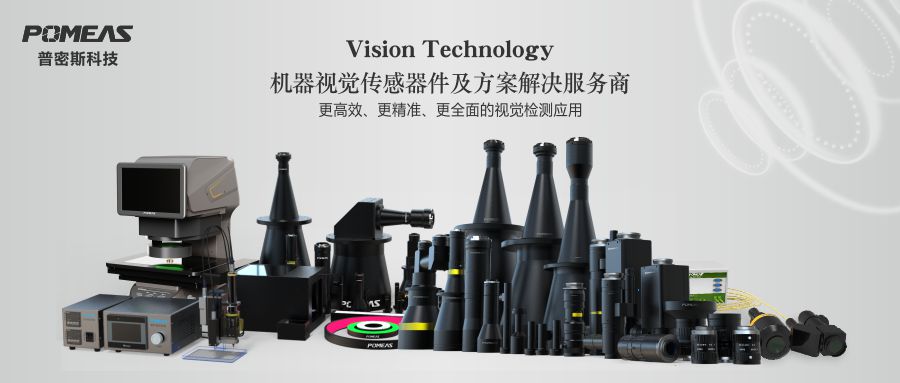How Telecentric Lenses Seamlessly Integrate with Machine Vision Systems
Seamless integration of high-resolution telecentric lenses with machine vision systems is a key step in realizing automated, high-precision inspection. This integration process involves hardware connection, software configuration, and algorithm development, and as a company specializing in machine vision, Promise has significant advantages in this area.


Hardware connection:
First, the high-resolution telecentric lens needs to be physically connected to the machine vision system's image acquisition device (e.g., an industrial camera). This usually involves using appropriate interfaces and cables to ensure stable and reliable communication between the lens and the camera. It is also necessary to adjust the focal length, aperture and other parameters of the lens according to actual needs in order to obtain the best imaging results.
Software configuration:
After the hardware connection is completed, software configuration is required. This includes installing the software platform of the machine vision system and configuring the corresponding drivers and interfaces. Through the software platform, the control of the lens, image acquisition and subsequent processing and analysis can be realized. In addition, it is necessary to set appropriate image processing parameters and algorithms according to specific application requirements to ensure the accuracy and reliability of the detection results.
Algorithm development:
In order to achieve high-precision round hole detection, it is also necessary to develop appropriate image processing algorithms. These algorithms need to be able to automatically recognize the edges of round holes, extract key parameters, and perform defect detection. Algorithm development usually involves multiple steps such as image preprocessing, edge detection, feature extraction and classification. By continuously optimizing the algorithms, the accuracy and efficiency of detection can be improved.
Integration testing and optimization:
After completing the hardware connection and software configuration, integration testing is required to ensure the stability and reliability of the whole system. During the testing process, the performance of the system can be evaluated by testing actual samples, and necessary adjustments and optimizations can be made based on the test results. This includes adjusting the parameters of the lens, optimizing the image processing algorithm and improving the performance of the software platform.
Through these steps, the high-resolution telecentric lens can be seamlessly integrated with the machine vision system to achieve efficient and accurate inspection of round holes. This integration not only improves the detection efficiency, but also reduces the risk of human error, providing strong technical support for modern industrial production.
POMEAS offers significant advantages in the seamless integration of high-resolution telecentric lenses with machine vision systems and in inspection accuracy. They provide high-quality products, professional technical support and close customer relationships, which provide a strong guarantee for customers to realize efficient and accurate automated inspection. Whether it is round hole inspection or other complex application scenarios, POMEAS is able to provide customers with the best solution by virtue of its advantages in inspection accuracy.
Product recommendation
TECHNICAL SOLUTION
MORE+You may also be interested in the following information
FREE CONSULTING SERVICE
Let’s help you to find the right solution for your project!


 ASK POMEAS
ASK POMEAS  PRICE INQUIRY
PRICE INQUIRY  REQUEST DEMO/TEST
REQUEST DEMO/TEST  FREE TRIAL UNIT
FREE TRIAL UNIT  ACCURATE SELECTION
ACCURATE SELECTION  ADDRESS
ADDRESS Tel:+ 86-0769-2266 0867
Tel:+ 86-0769-2266 0867 Fax:+ 86-0769-2266 0867
Fax:+ 86-0769-2266 0867 E-mail:marketing@pomeas.com
E-mail:marketing@pomeas.com
